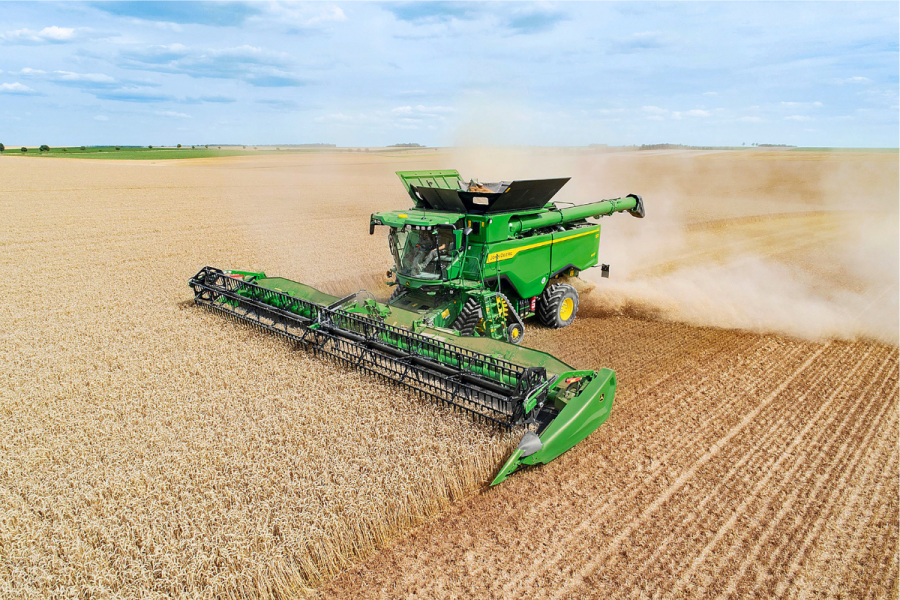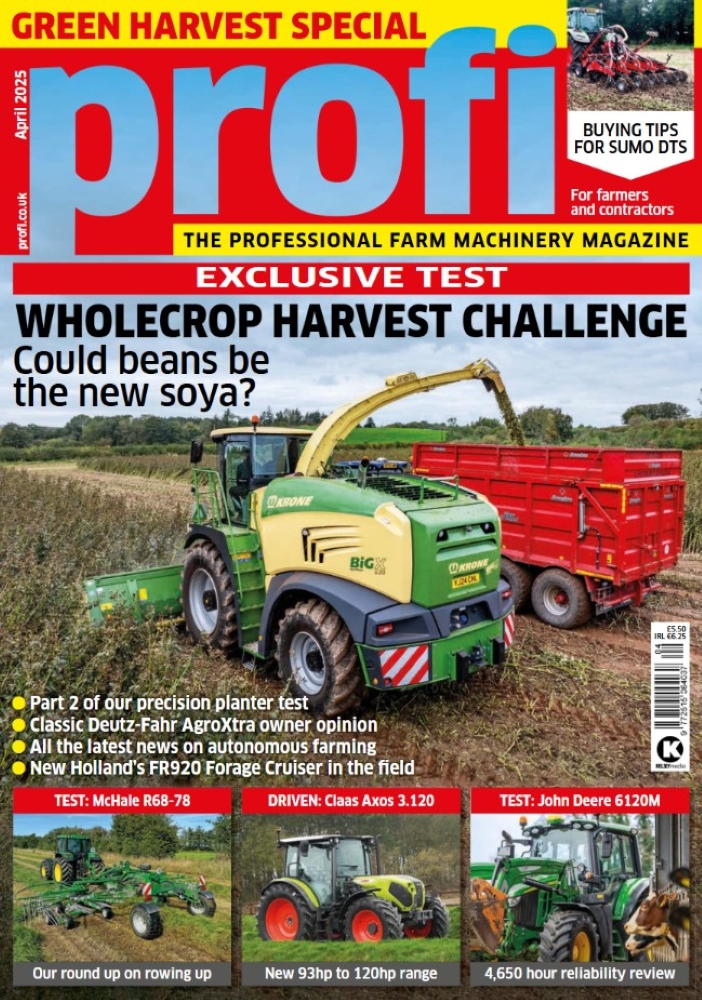TECHNICAL: If A-grade wheat doesn’t meet the required quality, it will not achieve the best price from your buyer. Potentially, this risk can be minimised by using a NIRS sensor on your combine. We look at the benefits of investing in this technology.
If you are an arable farmer, then you will be well aware of how protein content can influence the price you get for your wheat. This is normally determined from sampling the truck load as it arrives at the merchant’s store, but then each lorry load can represent up to 5ha of crop depending on the yield and size of trailer.
To get analysis focusing on a smaller area it would be necessary to measure the wheat protein levels while combining and use these measurements to create a protein level map using GNSS. This information wouldn’t just be of use when selling the grain, as it would also be possible to determine the nutrient uptake efficiencies. This, in turn, could allow you to target your nitrogen fertiliser applications to further improve the protein quality.
NIRS is a routine procedure
Wheat buyers and laboratories have been using near infrared spectroscopy (NIRS) for many years to determine the grain’s protein content.
NIRS is both faster and less expensive than a wet chemical analysis.
Introduced last year, John Deere’s HarvestLab NIRS system is available as a stationary unit or it can be integrated on the combine where the yield mapping system stores the NIRS data as well the yield data as the field is cut. The protein maps provide information on the distribution of protein contents in the field. In the past, accuracy of mobile NIRS systems was often viewed critically in comparison to wet chemical lab analysis — although, to be fair, reference analyses have revealed that different labs can produce different results on identical samples, too.
For more up-to-date farming news click here and subscribe now to profi and save.






